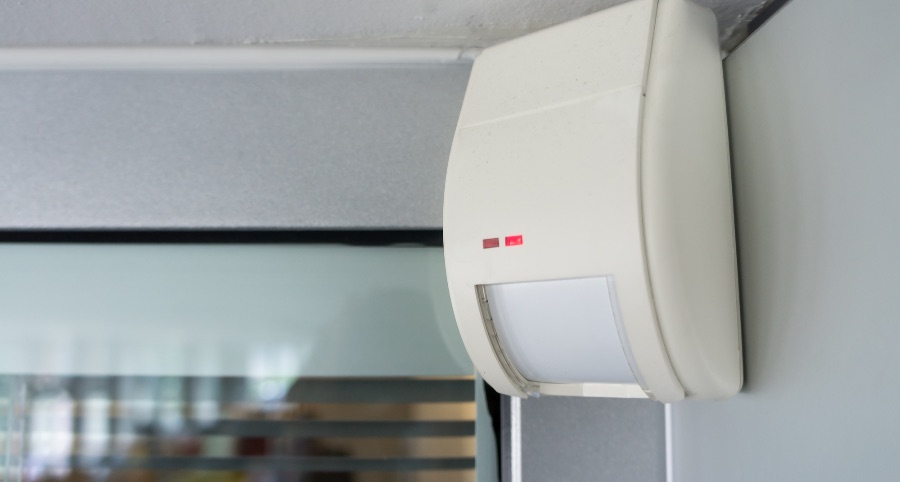How Do Motion Detectors Work In Milwaukee?

You’re likely to have a fairly good understanding of what motion detectors do merely based on their name. Of course, they detect activity, but how specifically do they work? Take a moment to discover the technology behind them and the different types of devices you might encounter. You’ll gain a better appreciation of how they work and how you are able to blend them into your modern smart home.
What is the technology that drives motion detectors?
Sensing movement can be achieved in several distinct ways, but motion detectors are generally classified into one of two categories - active or passive.
● Active motion detectors: These devices are considered active, as they regularly transmit signals like microwaves and then calculate the response time. Movement is shown when the response time changes. While microwave sensors are most prevalent, you’ll also encounter active motion detectors that utilize infrared light or sound waves.
● Passive infrared (PIR) motion detectors: Frequently seen within home security installations, PIR motion detectors function by identifying shifts in the surrounding temperature. Basically, the instrument detects what the regular temperature ought to be within a specified area. If there are abrupt surges of heat, like an invader moving through the area, the sensor observes it and sets off your alarm system. Since they don’t actively emit signals, passive detectors generally require less power and are more cost-effective to operate.
In addition to passive and active, you may find hybrid motion detectors that employ a mix of technologies. These can help lower false alarms, as each sensor must be activated before the alarm sounds. Additional options include vibration motion detectors and tomographic devices that are commonly utilized in bigger commercial spaces.
Ways to use Milwaukee motion detectors
The main purpose of motion detectors is to spot activity within a given area, usually as far as 50 feet away. You’ll commonly find them included in outside floodlights or as independent devices within your home. When movement is detected, they’ll activate your alarm system and advise your 24/7 monitoring team.
But present-day motion detectors are more functional than at any time before. In fact, they can interact directly with other smart components. For example, they can trigger your integrated smart light bulbs to switch on or your surveillance device to record when activity is noticed. They may even signal your smart thermostat to adjust the temperature.
Get instant alerts and alter settings for pets
One more tremendous perk of current motion detectors is that you’ll have immediate updates delivered to your smartphone any time the device is triggered. If you have pets, you are even able to help prevent false alarms by customizing settings to account for the size of your furry friends.
Design Your Vivint Smart Home With Motion Detectors in Milwaukee
Now that you have a deeper understanding of how motion detectors work in Milwaukee, it’s a good time to incorporate them into your contemporary smart home. Vivint’s motion detectors watch over large areas, give you wide-angle functionality, and last for multiple years without needing a change of battery. They’ll also work in perfect unison with your additional home automation tools. Are you prepared to get started? Dial (414) 409-5889 to consult with a knowledgeable Vivint team member today.